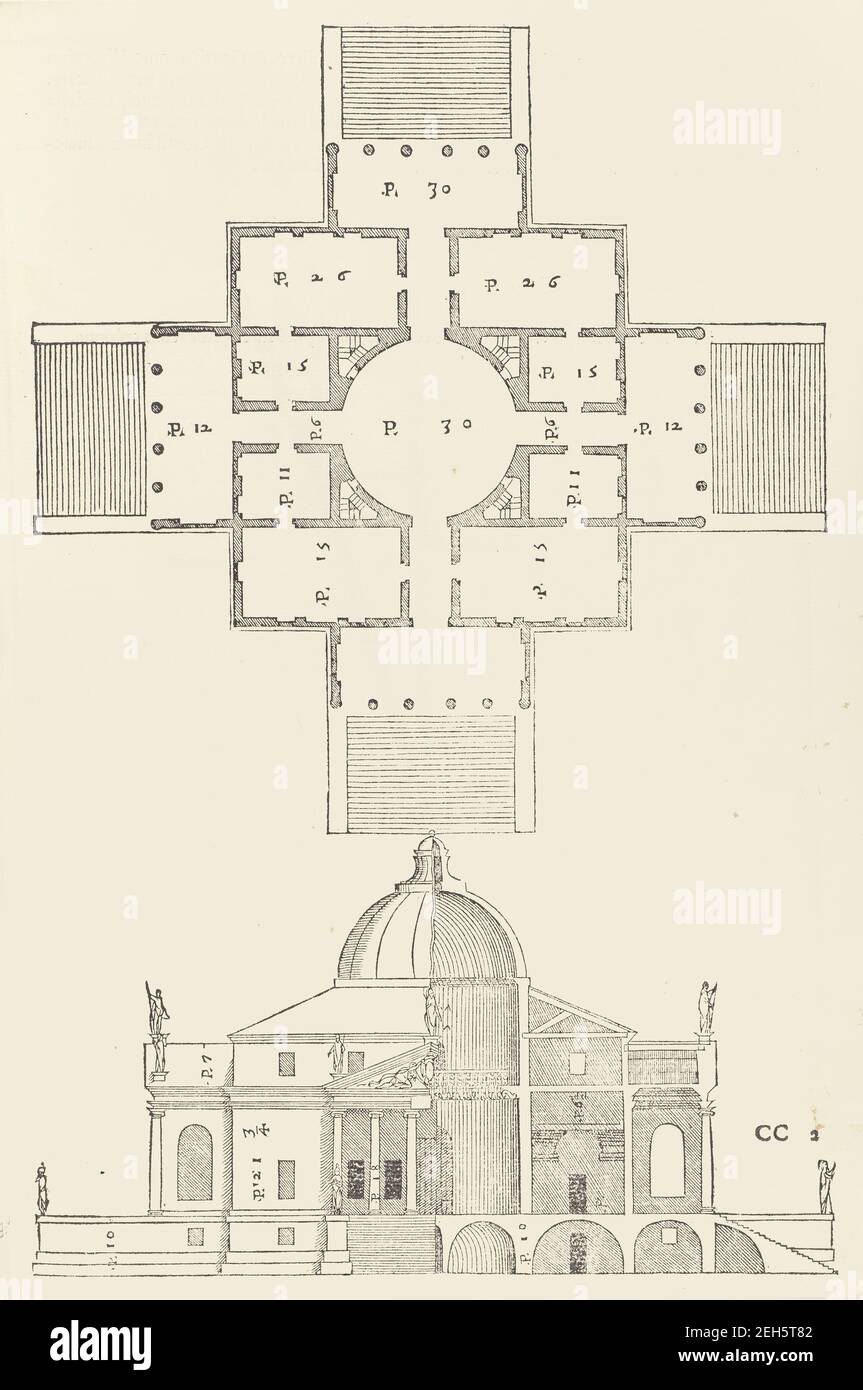

White, stone, drab or olive, as well as in brighter colours like pea green, Walls were similarly painted in muted tones like Pine panelling was usually painted in brown, grey, olive green or off-whiteĪnd mouldings were picked out in gilt.

Roman architecture that inspired Palladianism. Symmetry and balance were important in the ancient Greek and This means that whenĪ line is drawn down the middle, each side is a mirror image of the Palladian design tends to be highly symmetrical.

In the Palladian style often incorporates this sort of architectural
ANDREA PALLADIO FOUR BOOKS OF ARCHITECTURE WINDOWS
Pediments were used over doors and windows on the outside ofīuildings. Symbol of the Roman goddess Venus, who was born of the sea, from a Scallop shells are a typical motif in Greek and Roman art. Scheme, one that would be copied many times. Radiates out to the 4 porticoes and to the elegantly Villa Barbaro, Maser (1557-58) was the firstĮxample of a temple front used extensively on It continued to develop until the end of the 18th century. From the 17th century Palladio's interpretation of this classicalĪrchitecture was adapted as the style known as Palladianism. Perspective and values of the formal classical templeĪrchitecture of the Ancient Greeks and Romans. Palladio's work was strongly based on the symmetry, The term "Palladian" normally refers to buildings in a style inspiredīy Palladio's own work that which is recognized as PalladianĪrchitecture today is an evolution of Palladio's original concepts. The designs of the Venetian architect Andrea Palladio (1508– a European style of architecture derived from and inspired by Turkeywork was still in vogue for the covering of back stools, as was leather, the nailing patterns could be quite decorative. Pastel shades were popular, although strong colours like magenta, deep green and royal blue were often found in the more fashionable houses.

Chairs were often supplied with two sets of covers, something light for the summer months, and silk damask for the winter months. Wing armchairs were increasingly popular, and occasional chairs were tall and elegant, sometimes with cabriole legs.Silk was the most widely used covering in the grand homes of the time, but linen and printed cottons were also used. Comfort became a priority, with drop-in seats and seats padded with deep cushions. The most successful upholsterers came from France. Thomas Chippendale also made some Palladian furniture, although his finest furniture was produced after 1765 in the Neoclassical Adam style.By the middle of the century, mahogany had replaced walnut as the favoured wood for furniture. Furniture was quite massive and rigid, with pediments, cornices, lion masks, paws, swags, etc., and William Kent was the most important designer.The shell is a symbol of the Roman goddess Venus, who was born of the sea, from a shell. Symmetry and balance implemented by Greco-Roman Pediments over doors, windows, mirrors, fireplaces Palladian objects follow architectural elements Scallop shells are a typical motif in Greek and Roman art. Became fashionable from about 1715 to 1760 Highly symmetrical. British designers used his style Plain exteriors based on rules of proportion. 16th-century Italian architect inspired by ancient Rome and ancient Greek.


 0 kommentar(er)
0 kommentar(er)
